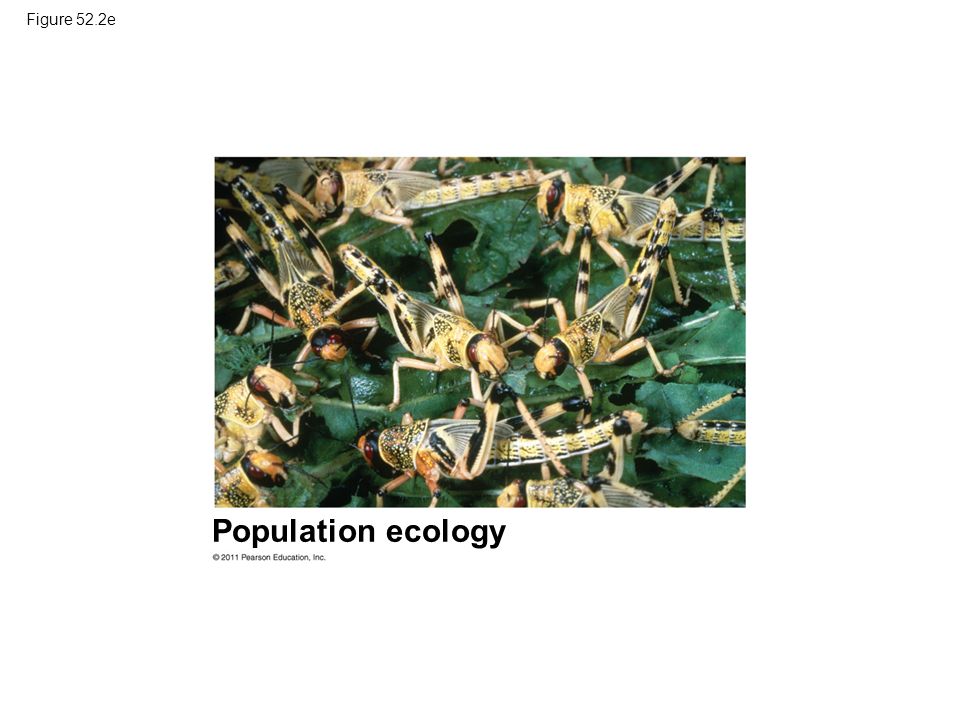Campbell Biology 9th Edition Chapter 7 Summary Of The Giver

Chapter 7 Membrane Structure and Function Lecture Outline Overview: Life at the Edge • The plasma membrane separates the living cell from its nonliving surroundings. • This thin barrier, 8 nm thick, controls traffic into and out of the cell. • Like all biological membranes, the plasma membrane is selectively permeable, allowing some substances to cross more easily than others. Concept 7.1 Cellular membranes are fluid mosaics of lipids and proteins • The main macromolecules in membranes are lipids and proteins, but carbohydrates are also important.

• The most abundant lipids are phospholipids. • Phospholipids and most other membrane constituents are amphipathic molecules. • Amphipathic molecules have both hydrophobic regions and hydrophilic regions. • The arrangement of phospholipids and proteins in biological membranes is described by the fluid mosaic model. Membrane models have evolved to fit new data. Download Mp3 Ost I Miss You Magic Castle. • Models of membranes were developed long before membranes were first seen with electron microscopes in the 1950s. Download Splinter Cell Conviction Full For Android there. • In 1915, membranes isolated from red blood cells were chemically analyzed and found to be composed of lipids and proteins.